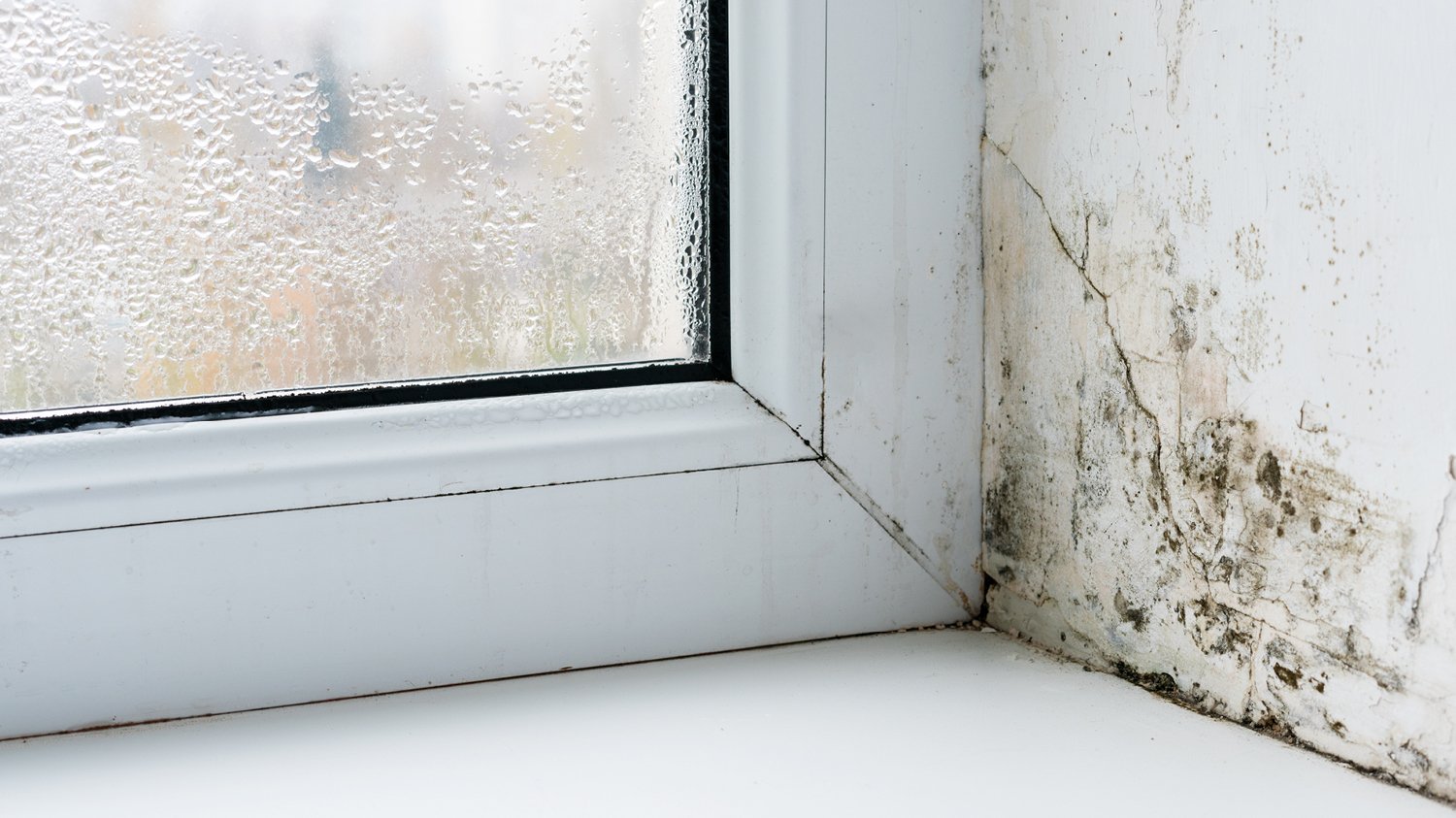How To Effectively Protect Your Home From Damp And Mould Growth With Anti-Mould Paint: Common Mistakes To Avoid
Dampness and mould growth are persistent problems that countless homeowners encounter, posing risks not only to the structural integrity of homes but also to the health of those living in them. A highly effective remedy to tackle these problems is anti-mould paint, designed to create a barrier against moisture and mould spores.
Primary Causes of Mould Growth:
Dampness is a frequent challenge in Singaporean homes, given the tropical climate’s high humidity and regular downpours. Key culprits behind this dampness are poor ventilation, water leaks, and condensation. Issues like faulty plumbing and roof leaks allow moisture to seep into walls and floors. Condensation happens when warm, moist air hits cooler surfaces, causing stubborn damp spots to appear.
In such damp environments, mould finds a perfect breeding ground, making it a common nuisance in moisture-laden Singaporean houses. Mould starts as tiny spores ever-present in the air, which quickly multiply on wet surfaces. Bathrooms, kitchens, and rooms with poor airflow are usual suspects for mould infestation. Initially appearing as small spots, mould can rapidly spread if ignored, leading to property damage and health problems like allergies, respiratory discomfort, and skin irritation.
Preventing dampness and mould development requires a proactive approach: regular home maintenance to address leaks, proper ventilation to reduce indoor humidity, and the use of dehumidifiers can make a significant difference in keeping homes dry and mould-free.
Why Choose Anti-Mould Paints? Key Benefits Unveiled:
Anti-mould paints are specially formulated to resist the growth of mould, mildew, and fungi. This implies that even in moist and humid conditions, your walls will remain pristine and devoid of these unsightly and potentially hazardous organisms. By investing in anti-mould paint services, you can ensure a healthier living environment for yourself and your family.
One of the major advantages of anti-mould paint is its durability. Traditional paints may start to degrade or peel off when exposed to constant moisture. In contrast, good quality anti-mould paint can withstand such conditions, prolonging the life of both the paint and the underlying wall surface. This makes it a cost-effective solution in the long run as it reduces the frequency of repainting. Eco-friendly paint solutions are also available in the market for those who are conscious of their environmental footprint. These eco-friendly options not only prevent mould growth but are also non-toxic and safe for use in homes, especially those with children or pets. One standout option is BERGER Select’s anti-mould paints. Utilizing advanced co-polymer technology, these paints offer superior water resistance, adhesion, and eco-friendly protection against mould growth while enhancing aesthetic appeal.
Today, the majority of Singapore-based paint suppliers and distributors offer high-quality anti-mould paints, considering the humid climate of the country and the need for mould resistance. For those looking to buy high-quality anti-mould paints, can either visit local paint shops in Singapore, or purchase online directly from the websites of many leading paint manufacturers. Therefore, maintaining a mould-free home has now become easier than ever with numerous options available at competitive prices.
Common Mistakes To Avoid When Applying Anti-Mould Paint:
Using anti-mould paint is a fantastic way to protect your walls and ceilings from unsightly and unhealthy mould growth. However, it’s essential to apply it correctly to ensure its effectiveness. Here are three common mistakes to avoid when using anti-mould paint:
-
Incorrect Surface Preparation
Achieving a lasting and effective finish with anti-mould paint relies heavily on one crucial step: impeccable surface preparation. It’s quite common for people to rush in and paint over grimy, greasy, or damp surfaces. Unfortunately, this hasty approach can drastically undermine the paint’s ability to stick and provide optimum benefits. Start by thoroughly cleaning the surface with a gentle detergent solution and letting it dry completely. Also, remove any existing mould using a specialised mould cleaner available at most paint shops in Singapore. Sand down any rough patches and ensure that the surface is smooth before you begin painting.
-
Skipping Primer Application
Skipping primer applications is a common mistake. Some assume that applying primer is an unnecessary extra step. However, primers are crucial for ensuring adhesion and durability. Primers create a sealed and stable base for the topcoat, allowing the anti-mould paint to perform effectively over time. Specialised primers are designed specifically for use with anti-mould paints and should be applied as per instructions mentioned on the product packaging.
-
Applying Paint in Unsuitable Conditions
Weather conditions can significantly affect the outcome of your painting project. Applying anti-mould paint in high humidity or extreme temperatures can severely affect its performance and durability. For optimal results, always check the manufacturer’s guidelines on ideal application conditions—most suggest painting when the humidity level is moderate. Besides, painting in dry weather will ensure faster drying times and better paint adhesion.
Avoiding these common mistakes can greatly improve your results when using anti-mould paint. However, consider hiring professional anti-mould paint service providers if you are unsure about any part of the process to ensure a high-quality finish that will keep your surfaces protected for years to come.
Summary:
Anti-mould paints resist mould, mildew, and fungi, keeping your walls pristine even in humid conditions, and ensuring a healthier living environment. Their durability prevents paint degradation and reduces repainting costs. Besides, eco-friendly options are safe for homes with children or pets. BERGER Select’s high-quality anti-mould paints offer superior protection and aesthetic appeal. However, it is crucial to avoid common mistakes such as poor surface preparation, skipping primer, or painting in unsuitable conditions to maximize the benefits of anti-mould paints.

